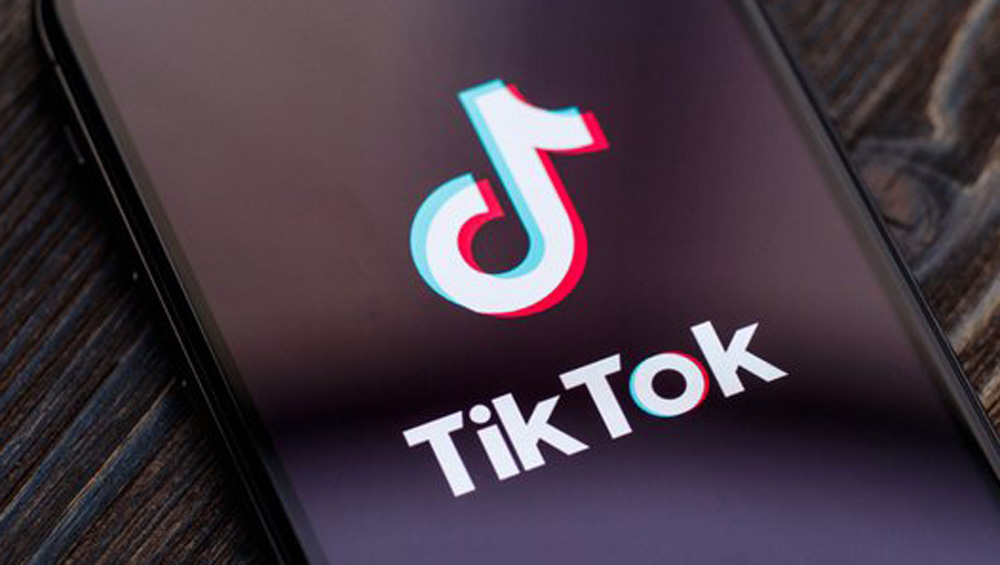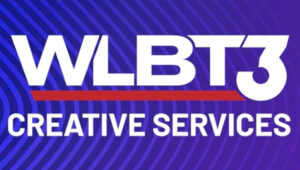
News outlets got some bad news in a Pew Research study that found a decreasing appetite for closely following events of the day. Pew said the decline was across the board for demographic groups by education, gender, race, ethnicity and political party affiliation, though some declines were bigger than others. According to the just-released results from a 2022 survey of more than 12,000-plus adults, only 38% said they follow the news all or most of the time, down from 51% in 2016.

More teenagers are turning away from traditional media outlets and getting their news from social media, new research from U.K. communications regulatory body Ofcom has shown. The number of people consuming news content on TikTok has increased from 800,000 in 2020 to 3.9 million in 2022. For the first time, Instagram is the most popular news source among younger people — used by 29% of teens in 2022 — with TikTok and YouTube close behind.

News consumption has fallen 11% since its peak when the COVID-19 pandemic was originally declared in March, according to a new study by LoopMe.
 A new report from the Pew Research Center depicts a news-consuming public that’s increasingly using smartphones to access its information with two-thirds of Facebook users turning to news there — a particularly chilling number given the social platform’s algorithm shift last week devaluing news in its feed. Among numerous other takeaways, the study finds 75% of Americans think news organizations are biased.
A new report from the Pew Research Center depicts a news-consuming public that’s increasingly using smartphones to access its information with two-thirds of Facebook users turning to news there — a particularly chilling number given the social platform’s algorithm shift last week devaluing news in its feed. Among numerous other takeaways, the study finds 75% of Americans think news organizations are biased.
The method that someone uses to get to a news website is a major indicator of their behavior once they arrive there, according to a new study from the Pew Research Center.
A new study finds Americans of all ages are charting their own paths across a media landscape that no longer relies on front pages and evening newscasts to dictate what’s worth knowing.
They still pay heed to serious news even as they seek out the lighter stuff, according to the Media Insight Project.
The greater reliance on English-language news reflects the growing proportion of the 52 million Hispanics who were born or raised in the United States.
Gallup: TV Tops Web, Print As News Source
Some 55% of Americans turn to TV first to get the news, according to a new poll from Gallup. The Internet was the second-most popular news source at 21%, followed by newspapers (9%) and radio (6%).
 A new study from consultants McKinsey & Co. finds that legacy media get the lion’s share of news consumption with digital grabbing only 8% of the pie. McKinsey data shows 41% of news consumption remains in television, 35% in newspapers and magazines and 16% in radio. Smart phones and tablets each account for 2% of time spent and desktop/laptop 4%. Link | Add comment
A new study from consultants McKinsey & Co. finds that legacy media get the lion’s share of news consumption with digital grabbing only 8% of the pie. McKinsey data shows 41% of news consumption remains in television, 35% in newspapers and magazines and 16% in radio. Smart phones and tablets each account for 2% of time spent and desktop/laptop 4%. Link | Add comment
Tablets Helping Improve News Consumption
The Pew Research Center’s Project for Excellence in Journalism, in its annual state of the news media report, found encouraging signs within the 27 percent of Americans who say they get news on their smartphones or tablets.
Tablet Users Don’t Want To Pay For News
 A new study from the Pew Research Center’s Project for the Excellence in Journalism found that 11% of American adults own a tablet of some kind, and a majority of them spend 90 minutes a day using the device. But just 14% of tablet users said they have paid for news content on their tablets.
A new study from the Pew Research Center’s Project for the Excellence in Journalism found that 11% of American adults own a tablet of some kind, and a majority of them spend 90 minutes a day using the device. But just 14% of tablet users said they have paid for news content on their tablets.
Internet Usage Transforming News Industry
While news consumption online increased 17% last year from the year before, local, network and cable television news, newspapers, radio and magazines all lost audience in 2010, according to the Project for Excellence in Journalism.









































